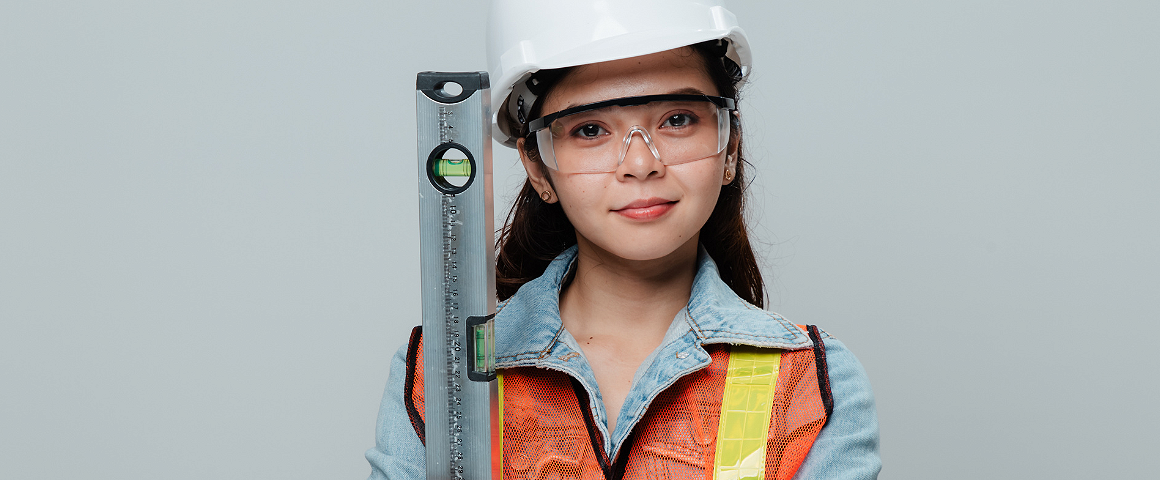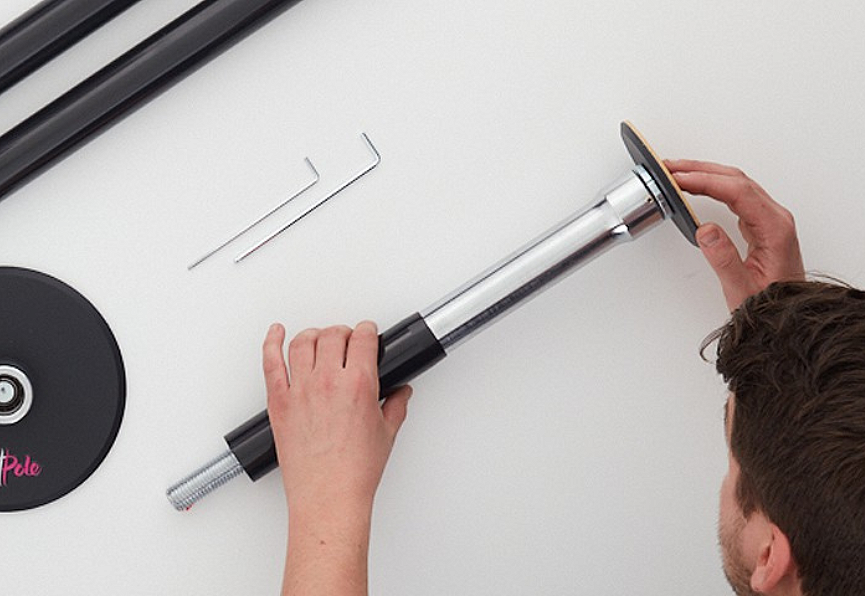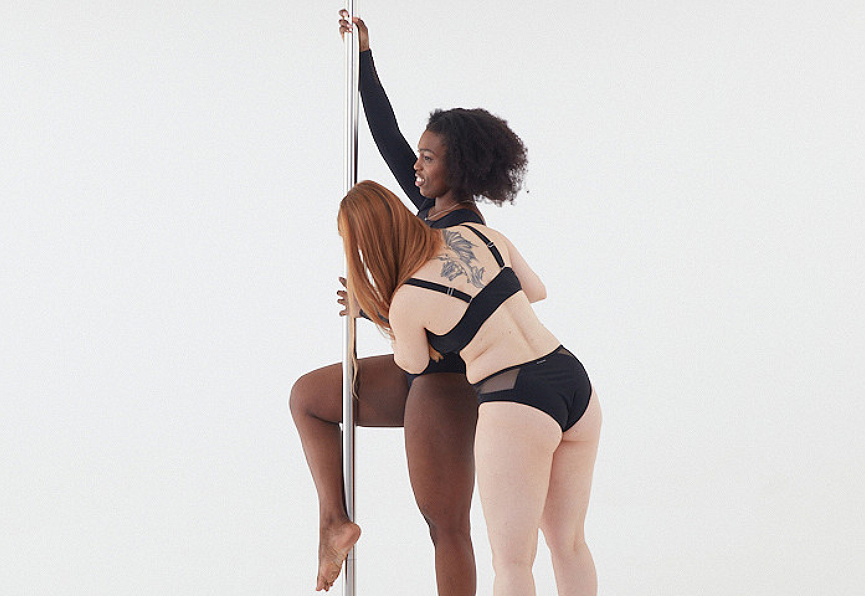
Živa Jalovec
May 31 - 6 min read


Installing and maintaining a pole dance pole requires some planning and preparation, but it can be a rewarding and fun addition to your home or studio. If you're looking to set up a pole dance pole at home or in a studio, there are some important things to consider when it comes to installation and maintenance.
Pole dancing has become a popular form of exercise and artistic expression in recent years. It’s a fun and challenging activity that requires strength, flexibility, and skill. Whether you're a professional performer or just starting out, having a pole dance pole at home or in a studio can be a great way to practice and perfect your moves.

Before you even think about installation, you need to choose the right pole for your needs. There are a few factors to consider when making your selection:
Pole dance poles can be made from a variety of materials, including stainless steel, brass, and chrome. Consider which material will best suit your needs based on factors such as grip, durability, and aesthetics.
Lupit pole offers a wide range of products for home (chrome, stainless steel, powder coated) and studio practice (chrome, stainless steel, brass)
Pole dance poles come in various diameters, typically ranging from 40mm to 50mm. Your choice of diameter will depend on factors such as your hand size, grip strength, and personal preference.
Lupit pole offers pole diameters of 42mm or 45mm. These are industry standard diameters, e.g. 45mm is used as the competition standard.
Before you begin installing your pole dance pole, it's important to choose the right type of pole for your needs. There are the following types of poles: only static, only spinning, and static and spinning poles (with standard lock and with quick lock). All Lupit poles are static and spinning poles (with standard lock and with quick lock).
Static poles are fixed in place and do not spin while spinning poles rotate around a central axis.
Spinning poles are typically more expensive than static poles, but they allow for a wider range of movements and tricks. Stationary or static poles are generally used by beginners who are starting pole dancing. Spinning poles are used by experts who have already mastered static pole movements and want to perform fast movements.
Although it is a slightly more expensive version of the pole that has both static and spinning options, it is a recommended version as it will serve you from the beginning and follow your pole dance development from beginner to advanced.

Once you have your dance pole, it's time to set it up. Here's a step-by-step guide to help you through the process.
Make sure you have enough space around your pole to move freely and safely. You should also ensure that the floor is non-slip and that there are no objects in the way. Measure the height of your ceiling and mark the center of the room. This is where you'll install the pole.
It is important to know what type of ceiling you have before installing your pole. If you have a suspended ceiling, you will need a special mount to support the pole. If you have a solid ceiling, you can use a standard mount.
Follow the manufacturer's instructions to assemble your pole. Make sure all parts are securely in place before moving on to the next step. Most poles come in several pieces that need to be screwed together. Make sure to tighten all screws securely to ensure stability.
With a portable multi-piece dance pole, you don't need to screw into the floor or ceiling, the stability of the dance pole is based on the distribution of longitudinal forces between the ceiling and the floor, making the dance pole stable and unable to fall over.
• The floor is dry and level.
• The ceiling is level.
• It is not recommended to install the pole against a plasterboard ceiling unless it is very strong and extra reinforced.
• The upper disk must not cover or interfere with any air vent, electrical junction box, and alarm or fire alarm devices.
• The height of the ceiling must be greater than 2300 mm and less than 3300 mm. (for Lupit Home poles G2: For ceilings higher than 2800mm/9'2.24'', check out Lupit pole extension in the related products and extend your pole up to 3300mm/10'9.92''.)

Cleaning and Maintenance
Proper cleaning and maintenance can help prolong the life of your pole and ensure your safety while using it. Here are some tips:
Clean the pole after each use with a non-abrasive cleaner and a soft cloth. Avoid using harsh chemicals or abrasive materials, as these can damage the pole's finish.
Check the pole and mount for any signs of wear or damage regularly.
It's also important to check the screws and bolts regularly to ensure that they are tight and secure. Tighten any loose screws or bolts as needed.
If you notice any significant damage or wear on the dance pole, such as chipping or scratching, stop using the pole. It's important to address it immediately to prevent further damage.
We hope this article has answered all of your questions regarding the dance pole installation and maintenance. If you have additional questions, please don’t hesitate to contact us as our product team will be happy to help yo